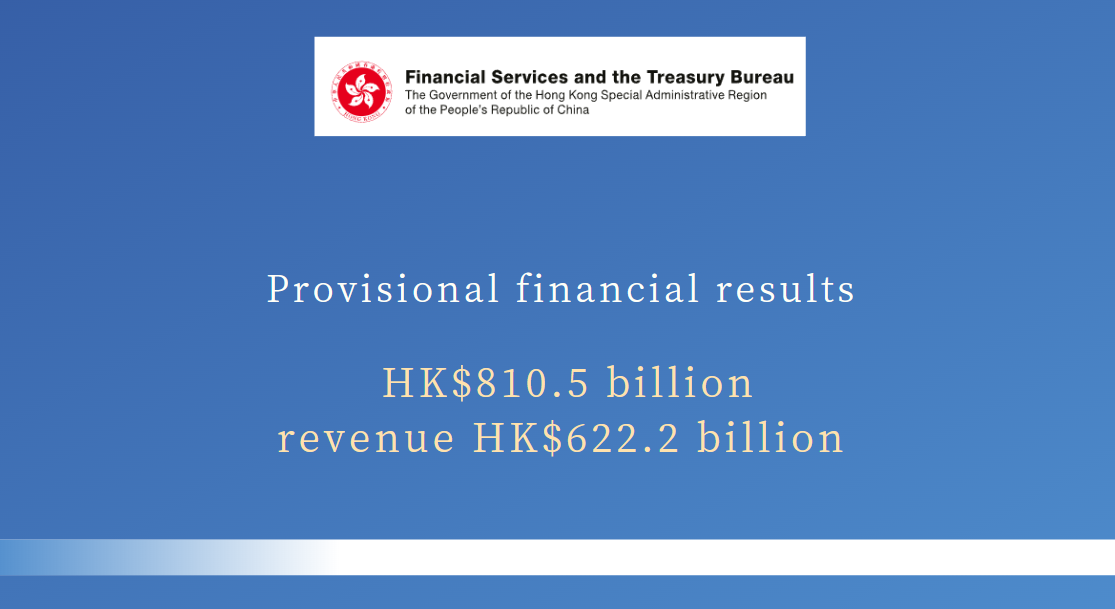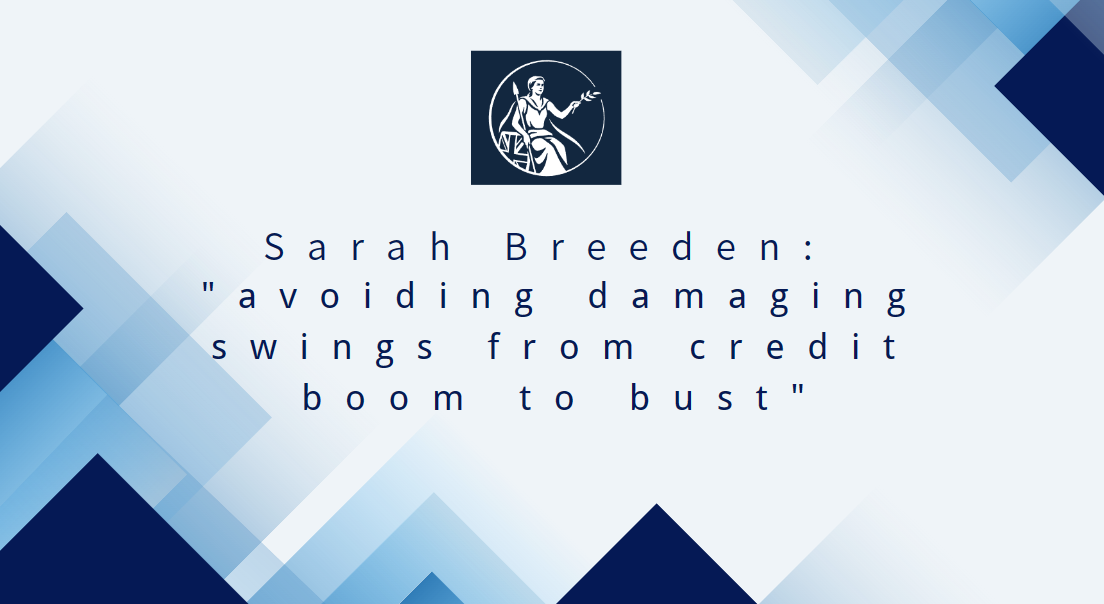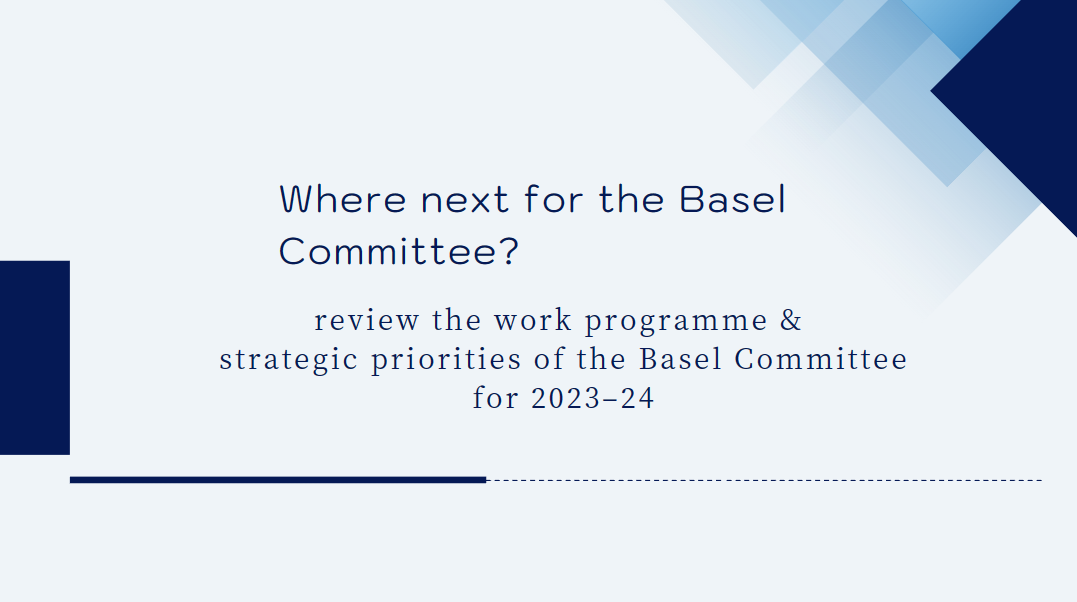Eddie Yue on the operation of the Linked Exchange Rate System
- The Linked Exchange Rate System (LERS) has been operating for four decades since its establishment in 1983, weathering many economic and interest rate cycles, as well as multiple global and regional economic and financial crises. It is the cornerstone of financial and monetary stability in Hong Kong and has continued to work well. Operating under the robust regime of the currency board arrangement, the LERS continues to enjoy strong credibility in the global financial and monetary markets. International organisations such as the International Monetary Fund have continuously endorsed the suitability of the LERS as the monetary system for Hong Kong.
- The weak-side Convertibility Undertaking (CU) under the LERS has been triggered several times since early this year. The Aggregate Balance (AB) has declined. Members of the public have shown keen interest in issues such as: What promoted the HKMA to “intervene” by buying Hong Kong dollars? Is capital leaving Hong Kong? What is the outlook for Hong Kong dollar interest rates? Following the two inSight articles about US rate hikes and the LERS published last year, I hope the following Q&As will shed some light on these questions.
| Q1: | Why did the HKMA buy Hong Kong dollars? How much capital has “fled”? Is the LERS operating normally? |
- Since entering the rate-hike cycle in March last year, the US has raised interest rates by a total of 475 basis points so far. The pace of increases this time has been quicker and more aggressive than the previous cycle. At times, there have been notable interest rate differentials between the Hong Kong dollar and the US dollar across tenors ranging from overnight to 12 months, with US dollar interest rates being higher than those for the Hong Kong dollar. These differentials provided incentives for market participants to conduct carry trades, borrowing Hong Kong dollars at a lower interest rate and converting them into US dollars to earn a higher interest rate. This, coupled with subdued market demand for Hong Kong dollars, meant that the Hong Kong dollar exchange rate stayed near the weak-side level of HK$7.85 to the US dollar for most of the past year. When the exchange rate reaches 7.85, if there is no offsetting demand for Hong Kong dollars in the market, the HKMA will sell US dollars and buy Hong Kong dollars at 7.85 in accordance with our CU under the LERS. The weak-side CU has been triggered multiple times since May last year:
- From May to the end of 2022, the weak-side CU was triggered 41 times, involving HK$242 billion and the AB declined to about HK$96 billion.
- In February 2023, the weak-side CU was triggered twice, involving HK$19 billion and the AB declined to about HK$77 billion.
- In April 2023, the CU was triggered 5 times, involving HK$27.8 billion and the AB declined to about HK$49.2 billion.
- When the weak-side CU is triggered, the HKMA buys Hong Kong dollars and sells US dollars, and funds flow out of the Hong Kong dollar. As a result, the AB declines, reducing Hong Kong dollar liquidity in the market. The Hong Kong dollar interbank rates will then gradually rise, narrowing their differentials with the US dollar interest rates. This will in turn reduce the incentives for carry trades, slowing outflows from the Hong Kong dollar, thus helping stabilise the Hong Kong dollar within the 7.75-7.85 range. This adjustment process is inherent in the design of the LERS and exactly how we expect it to operate in practice.
| Q2: | What is the AB? Will it ultimately end up at zero and drain the banking system? Will there be real impacts on the Hong Kong economy? |
- The AB is the sum of balances of banks’ clearing accounts kept with the HKMA. The clearing accounts are used by banks for payment and settlement purposes with the HKMA and with other banks in Hong Kong. The account balances do not earn interest so banks typically do not keep a big balance in their clearing accounts. The account balance of each bank therefore represents only a small portion of its total assets. In other words, the AB represents the liquidity maintained by banks on this Hong Kong dollar “payment platform”. Our focus should be on the deployable amount of liquidity of the whole banking system.
- The AB remained at levels below HK$10 billion for long periods before 2008, when many central banks introduced quantitative easing measures. Even at these levels, day-to-day and interbank settlement activities operated in a smooth and orderly manner. While the scale of the economy and capital market activities then are not directly comparable with today, it’s worth noting that, in the intervening years, the Monetary Base in Hong Kong has grown by more than five times, with Exchange Fund Bills and Notes (EFBNs) held by banks accounting for more than HK$1.1 trillion. Whenever they need to, banks can use these EFBNs as collateral to obtain intraday and overnight Hong Kong dollar liquidity through the Intraday Repo and Discount Window under the HKMA’s Settlement Facilities. These permanent liquidity facilities have been established to help banks needing liquidity to fulfil their settlement obligations, to ensure the interbank payment system continues to function smoothly. Our recent observations of the operation of the Hong Kong dollar market, at a time when the AB has been declining, have shown that banks were able to properly manage their liquidity to ensure orderly and efficient movements of funds. The day-to-day and settlement activities among banks have continued to operate in a smooth and orderly manner, providing effective support to the running of the Hong Kong economy and society.
| Q3: | Does the decline of the AB mean capital is leaving Hong Kong? |
- Hong Kong is an international financial centre and inflows and outflows of funds are natural. If the local banking system cannot fully absorb inflows to or outflows from the Hong Kong dollar, the remaining portion has to be “taken over” by the HKMA under the currency board arrangement through triggering of strong-side/weak-side CU. Looking at things from a macro perspective, since 2008 major central banks implemented quantitative easing measures to tackle the Global Financial Crisis and COVID. During this period, the net inflows into the Hong Kong dollar system exceeded HK$1 trillion. As the US has raised interest rates and global liquidity has tightened, it is normal to see outflows from the Hong Kong dollar system.
- The most important point is that triggering of both the strong-side and the weak-side CU is within the design of the LERS and to be expected. This is an important process that allows Hong Kong dollar interest rates to track closer to their US counterparts. As far as the weak-side CU is concerned, when interest-rate differentials narrow, fund outflows will slow down. What has happened in the past year also occurred during the previous US rate-hike cycle between 2015 and 2018. The market has continued to operate in a smooth and orderly manner. Our day-to-day market surveillance has revealed no sign of anomalies. The market has sufficient understanding and operational experience of the LERS, and continues to have strong confidence in the system. In fact, funds that flow out of the Hong Kong dollar and are converted into other currencies (such as US dollars) may still stay in Hong Kong’s financial system. A useful indicator is the overall deposit level of the Hong Kong banking system. Since last year, following multiple triggerings of the weak-side CU, the AB has declined from HK$337.6 billion at the end of April 2022 to about HK$49 billion at the same time this year, reaching a new low since November 2008. During the same period, total deposits in the Hong Kong banking system have remained largely stable. The deposit amounts have grown by 1.4% from the end of April last year to the end of March this year, suggesting that outflows from the Hong Kong dollar system do not necessarily mean capital is leaving Hong Kong’s financial system.
| Q4: | Does the AB reaching its lowest level in many years, together with Hong Kong dollar interest rates still being lower than US dollar interest rates, mean the LERS is not working according to its design? |
- Under the LERS, the Hong Kong dollar interbank rates should track their US dollar counterparts. However, the levels of the Hong Kong dollar interbank rates and how quickly they rise with their US dollar counterparts are also influenced by the supply and demand of Hong Kong dollar funding in the local market. It is therefore normal for differentials to exist between the Hong Kong dollar interbank rates and their US dollar counterparts across different tenors. Examples of factors that may affect the Hong Kong dollar interbank rates are capital market activities such as stock market turnover, transaction volumes and net flows of the Stock and Bond Connects, fund-raising activities such as IPOs, Hong Kong dollar dividend payments on H shares, commercial financing and lending activities, and seasonal factors such as quarter-end and year-end demand in the local banking system. For example, at the end of last year as the market anticipated the accelerated post-COVID re-opening of the Mainland economy, stock market trading picked up. Coupled with the year-end effect, short-term Hong Kong dollar interest rates at one point actually surpassed US dollar interest rates before softening after the turn of the year. As the AB has declined recently, short-term Hong Kong dollar interbank rates have gradually risen, narrowing the Hong Kong dollar and US dollar interest rates differentials.
| Q5: | Should we be worried that the Hong Kong dollar interest rates might surge, undermining the economic recovery and increasing citizens’ interest payment burdens? |
- Under the LERS, our policy objective is “maintenance of the stability of the Hong Kong dollar exchange rate”, rather than targeting Hong Kong dollar interest rates. The Hong Kong economy is highly externally oriented and open, without any foreign-exchange controls. Maintaining exchange rate stability is therefore crucial. The stability of the Hong Kong dollar exchange rate is maintained through an automatic interest-rate adjustment mechanism and the commitment by the HKMA to honour the CUs. Under the currency board arrangement, inflows and outflows of funds will eventually lead to the adjustment of interest rates. The HKMA has put in place a series of liquidity facilities to provide banks with short-term Hong Kong dollar liquidity in cases of need, alleviating excessive market interest-rate fluctuations caused by liquidity strains.
- Under the LERS, Hong Kong dollar interbank rates track their US dollar counterparts. As the US has continued to raise interest rates, Hong Kong dollar interbank rates have gradually risen. Corporates and the public should be prepared for movements in banks’ lending rates, and should carefully assess and manage the relevant risks when making property purchases, taking out mortgages or making other borrowing decisions.
| Q6: | Will the HKMA reduce issuance of EFBNs, releasing liquidity to the banking system to push up the AB and press down Hong Kong dollar interest rates? |
- As mentioned above, the policy objective under the LERS does not target the Hong Kong dollar interest rates. Our interest rates tracking their US dollar counterparts is within the design of the system. There is therefore no question of the HKMA reducing the amounts of the EFBNs in order to target Hong Kong dollar interest rates at certain levels. The HKMA may adjust the issuance amounts of the EFBNs as appropriate, taking into account market demand. Specifically, we will assess the market demand for the EFBNs and determine the issuance amounts holistically by closely monitoring the trading activities of the EFBN market, as well as considering other factors such as the results of the regular EFBN tenders, market liquidity of the Hong Kong dollar, and feedback from banks and market participants.
- The HKMA will continue to closely monitor market situation to maintain monetary and financial stability.






















































First, please LoginComment After ~